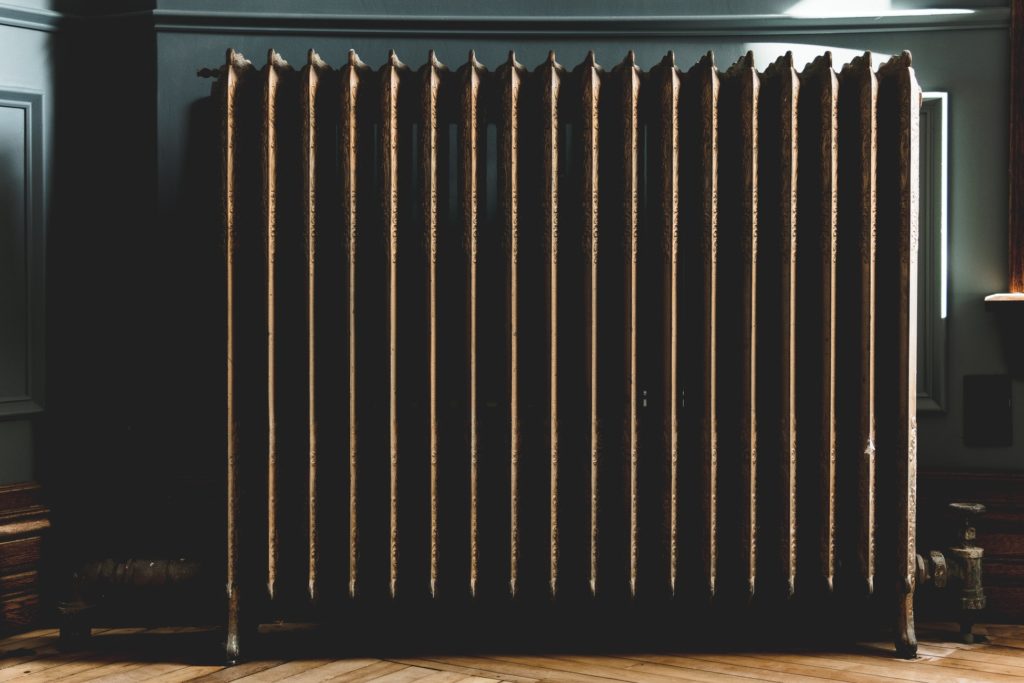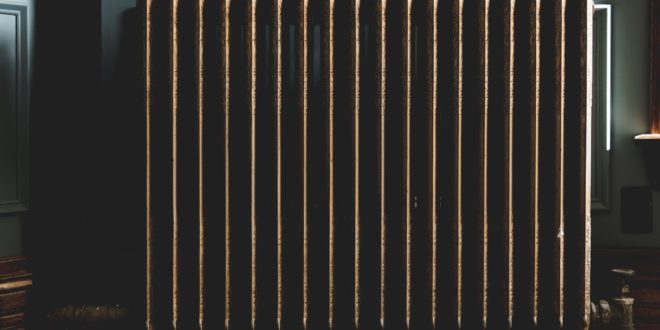The chilly weather has arrived early, and heaters have come out of summer hibernation. The onset of winter is a good time for a reminder about heating costs. Fortunately, these days most people have got the message about insulation, so homes tend to be warmer – but here are some interesting winter warmth facts:
- About 40% of all household heat is lost through the ceiling, so insulate this first (it’s a little like you putting a hat on!). Ceiling insulation needs to be 100mm to 150mm thick to be effective, and it needs to be airtight, so there are no sneaky leaks.
- Walls account for about a quarter of lost heat, but these are more difficult to insulate unless you are building a new home or extensively renovating. One way to insulate is to reline the interior walls with gib board. We are doubtful about the economic benefits of going to the expense of injecting foam into the walls and that sort of thing.
- Raised wooden floors can also be a problem. It is estimated that just over 10% of heat loss is through the floor. Wood fiber insulation board and floor coverings are an effective way of minimizing heat loss through the floor. Another alternative is to fit insulation below the floor. You have no doubt seen the advertisements for polystyrene insulation that fits between the floor joists, but some people just staple cardboard between floor joists to create an insulated layer of air.
- Just over 10% of the heat of a household is lost through windows. Well-made, full-length curtains or thermal drapes are a simple answer. Thick, heavy fabrics are the most efficient. Light materials should be lined. Because a lot of air is lost around the edges, the curtains should extend 150mm on each side, and below the base of the window. A full pelmet is recommended. Heavy drapes are more heat efficient than blinds.
We think the best way to approach heating solutions is to look at the lowest cost options first – curtains. They can be made very cheaply as K.W. writes, “We have recently lined the existing curtains in our house with new woollen blankets from the army surplus shop. The blankets are folded double and stitched together making an open ended bag which is then attached to the curtain at the top so that the completed article consists of three layers, being the original curtain and two thicknesses of woollen blanket. This has increased the average temperature in the house appreciably by reducing the heat loss through the glass. We believe this to be far more cost effective than double glazing.”

There are lots of others things you can do like making your own “stop draught sausages” to eliminate door draughts. This is a fabric sausage filled with sand or sawdust. By adding buttons as eyes, these sneaky heat hounds develop a personality of their own and can be an excellent family project!
- Leaky window and door joinery can be sealed with sealants or a self-adhesive foam strip.
- A wood burning coal range or potbelly stove is a cheap way to heat your home and a great way to save on cooking costs. A lot of the warm air from stoves gets trapped in the ceiling – it’s amazing how hot it gets up there, where it’s not needed.
- The best way to make use of this wasted heat is to have a ducted ventilation system that takes the warm air from around the stove and pushes it through to the colder parts of the house, but there are limits on how far you can duct without significant heat loss. A cheap version is to install a small swivelling fan high up in a corner of a room to drive warm air down to where you need it most.
- Warm a bed rather than a bedroom. Electric blankets are very cheap to run and hot water bottles even cheaper.
- A thick layer of newspaper under mats keeps the room warmer in winter and makes the carpet last longer.
For those with fireplaces, John has sent us his ‘recipe’ for making a perfect oily rag fire. “It all starts with junk mail. Use the newsprint type as the glossy paper does not burn so well. Next add dead cabbage tree leaves – the one’s that wrap around your mower blades and are really difficult to remove. Take a handful, fold them, and wrap them together. Then comes the kindling. I use dried flax flower stalks. Break them into pieces about 330 long – they work a treat. Then it’s a layer of pine cones. Once they are hot and roaring, I add the large pieces of firewood. Start with a softwood like pine, and after that use a mixture of hardwood and softwood. Before bed, add only hardwood so it lasts through the night. Next morning it’s just a matter of bringing it back up to the desired heat. The best thing is all of the materials are available free.”
To share your tips – or ask your questions, please drop us a note via oilyrag.co.nz or write to Living off the Smell of an Oily Rag, PO Box 984, Whangarei.
*Frank and Muriel Newman are the authors of Living Off the Smell of an Oily Rag in NZ. Read our wealth of tips on the Oily Rag website at www.oilyrag.co.nz.









Join the Discussion
Type out your comment here:
You must be logged in to post a comment.